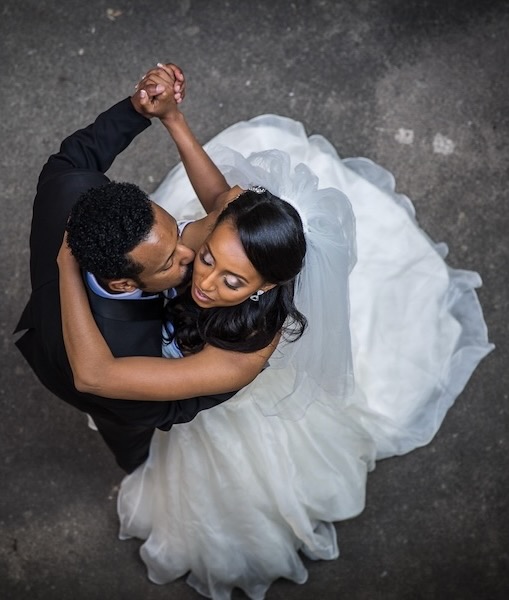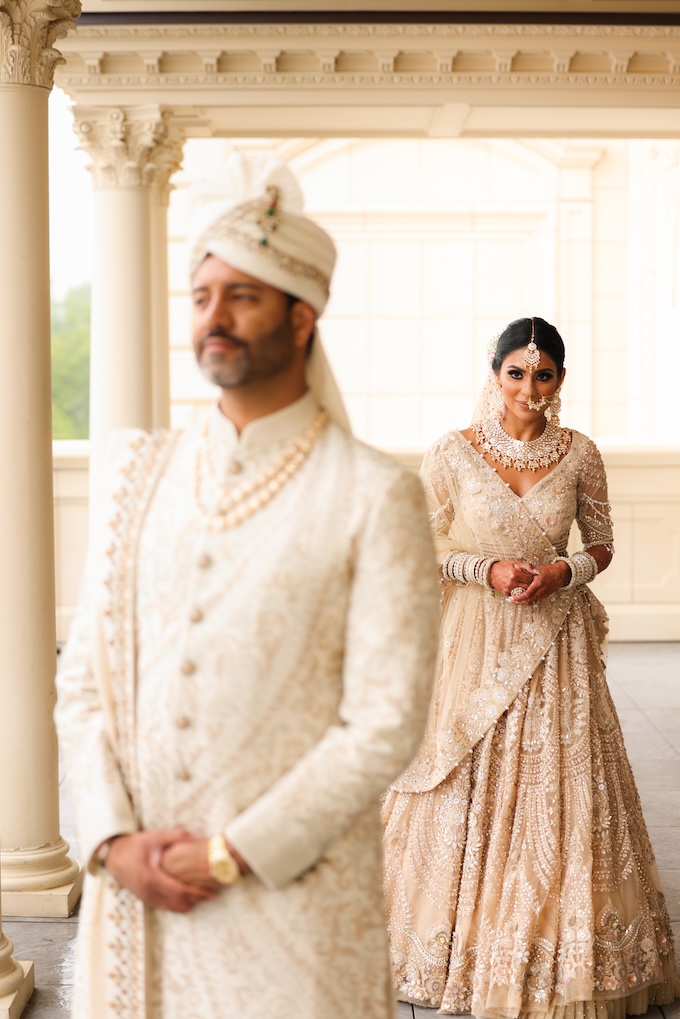Weddings
Destination wedding photographers used to be the elites, the anomalies, the alphas of the pack. The multitude of wedding photographers worked their local market, at the same venues week after week. And it was good work—it still is, and it’s nothing to be ashamed of.
But not too long ago, a new generation came to town, bringing with them a fresh approach to both business and the craft of wedding photography. To be a wedding photographer suddenly became cool. Fueled by social media, they introduced a thirst for status and relevancy. And part of that was the incentive of free travel.
When I joined the ranks of wedding photographers eight years ago, my peers were classically in their tenth to fortieth year of being a wedding photographer. The focus was, work hard, develop your craft in your local market and, most of all, be awesome to your clients. And then, yes, possibly with patience, you might just end up doing a few weddings involving travel.
It’s now standard to see wedding photographers in their first or second year of business shooting weddings literally all over the world. It’s perhaps one of the greatest compliments a photographer can get, being hand-picked from the masses to be flown halfway around the globe to capture one of the most important days of a couple’s life. That’s living the dream.
Steadily, Generation Hustle made themselves at home, and to keep up, photographers looked to do whatever it took to get those glorious Insta-candy destination jobs. They created SEO landing pages stating they’re an “Icelandic Wedding Photographer” (that lives in Idaho). They joined mass referral groups on Facebook. Destination portfolio-building “workshops” became a thing. And business idioms such as “Fake it ‘til you make it” became the way forward.
A couple of years ago, I had one of those interesting wake-ups that something was not right in the wedding world. In a space of 5 minutes, I had received an email, text and voicemail from an urgent and extremely distraught person. Intrigued, I immediately called back. It was a bride-to-be. Her wedding was in just two weeks, and her photographer had just canceled. “Why?” I asked, with thoughts of family tragedy or serious illness. She replied, “So that they (the photographer) could travel to Italy to shoot a destination wedding.”
Their photographer was so besotted by the perceived prestige of shooting a wedding on the other side of the world that they’d completely lost focus.
Both couples and photographers are looking to one-up those Instagrammable moments. Couples have cottoned on that if they have a wedding in an Insta-location, there’s a good chance that they can entice a photographer there for cheap.
Recently, I was working with a couple for their small wedding somewhere in the world. We’d been in talks back and forth for nearly three months until they finally settled on a location and date. But then they started wanting a better deal, more coverage, less money. Soon after, I spotted a referral post in a Facebook group for the same date and place. Over 500 photographers responded to that post.
It’s like a candy scramble at a 6-year-old’s birthday party. It turns out I wasn’t the only photographer they were talking to, and who can blame them?
This portfolio tick-off has its impacts on the overpopularizing of destinations, too. Local photographers who traditionally serviced their own areas have seen a literal stampede of photographers coming in from all over the world.
By the time this article is published, we will have moved from Queenstown, New Zealand, our home of around 20 years. The decision stems from a bunch of really positive personal reasons, but one is the sheer congestion of wedding photographers that have recently set up shop, and perhaps pertinent is the number of photographers dropping in for shoots and weddings.
Couples face the choice between a good local and a good cheap import, and unfortunately, local knowledge doesn’t always win. We ourselves have lost an occasional contracted wedding because the couple’s new photographer offered to do it for flights and accommodation. Queenstown, like many popular destination wedding locations, has incredibly high living costs. There are lots of really talented local photographers (not just in Queenstown but all over the world) whose numbers are down because it’s hard to compete with cheap.
Of course, we’re victims of our own success. Our social media is full of stunning local locations, and really, all we’re doing is enticing the competition. But an increasingly saturated market is one that’s hard to sustain long term, and therein lies the problem. With a hefty mortgage and a family to feed, we need a sustainable market. Sure, a photographer whose main attribute is “cheap” may not stay in business for long, but there are a dozen or more lining up behind them ready to step in.
Then there’s the environmental and cultural impact. Photographers and couples disrespect private or sacred property for the shot and damage fragile ecosystems with erosion. And don’t get me started on carbon emissions from plane travel.
Now, I’m not saying that we shouldn’t travel for destination weddings, nor am I saying it’s wrong. I would be a complete hypocrite if I did. It’s an extraordinary opportunity to see the world—and better still get paid for it.
What I am advising is this: We as an industry need to take a deep breath and consider our integrity and authenticity of how we do things. Ask yourself, “Am I in this for the short haul or long haul?” Are you doing this as a means to take what you can from the wedding industry, or are you trying to grow a successful and sustainable business that shows respect for others? If you haven’t spent the time growing your local market, then what happens if your situation changes? I’m talking family and mortgage responsibilities, here.
If you want to make this work, look at the ways you can lessen your impact. Use an airline that gives you an option to offset the carbon emissions; for my area, that’s Air New Zealand and their FlyNeutral program. Don’t charge less than a local photographer, and in addition, try really hard to meet up with a few locals for a chat and to create community.
As an experienced traveler for weddings, with a wife and two kids, it’s not all glory. It’s hard on them when I’m away, and even though we charge good money for the opportunity, it honestly doesn’t offset time on the road. And friends, well, they’ve just about given up on me.
I’ll let you in on another secret: After a while, it gets really lonely being in romantic places by yourself.
Anyhow, enough of me whining. I have a plane to catch.
Jim Pollard is a husband, father, snow-boarder, traveler, smiler, lover of wild places, drinker, reader of many books and listener of much music, a coffee freak, maker of insanely good compost and someone who spends many weekends photographing people wearing inappropriate clothing on top of mountains.
Related: Rangefinder’s Favorite Destination Wedding Photos of the Year
5 Unexplored Destinations You Might Want to Add to Your Bucket List
8 Destination Wedding Photographers Share Their Horror Stories and Lessons Learned
15 Handy Tools for the Jetsetting Wedding Photographer
Building a Genuine Social Media Following from the Heart







